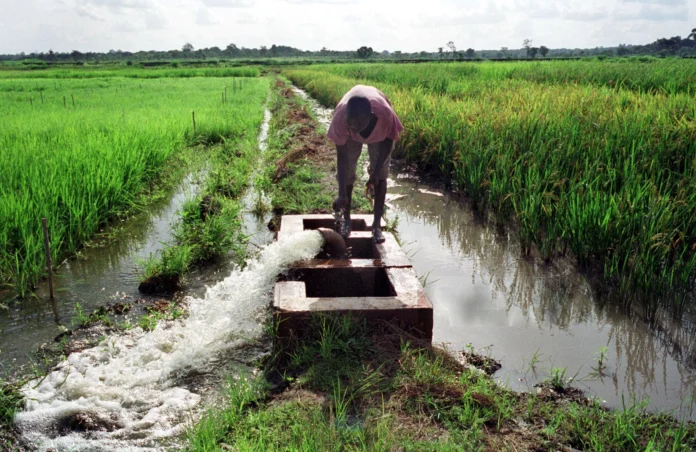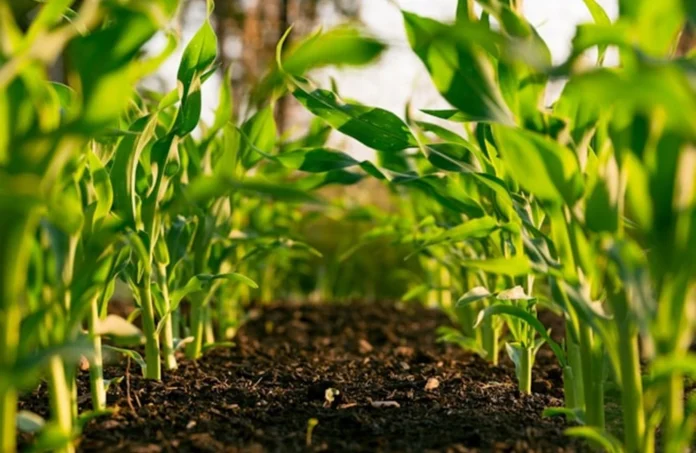Arabfields, Ali Said, Specialist in Agricultural Policy and Economic Innovations in Asia — In Asia, the agricultural sector is facing growing challenges related to climate change, food security, and economic sustainability. In recent months, the news has focused on technological innovations and support measures for producers, aimed at boosting productivity while preserving natural resources. Among the flagship initiatives, Indonesia stands out with a significant reduction in the prices of subsidized fertilizers, a measure that could inspire other countries in the region.
Since October 22, 2025, the Indonesian government has officially lowered the maximum retail prices (HET) of subsidized fertilizers by up to 20%, a decision welcomed by farmers and industry experts. This measure aims to ease production costs for small-scale operators, who make up a large part of Indonesian agriculture, and to stimulate national food production. The new rates are as follows:
- Urea: 1,800 Rp/kg (compared to 2,250 Rp/kg previously, a reduction of 450 Rp/kg).
- ZA (ammonium sulfate): 1,360 Rp/kg.
- NPK (compound fertilizer): 1,840 Rp/kg (compared to 2,300 Rp/kg previously).
This reduction, announced by the Ministry of Agriculture, is part of a broader policy of support for farmers under President Prabowo Subianto’s administration. According to official sources, it will make fertilizers more accessible, particularly for rice crops, oil palms, and other staple products essential to the Indonesian economy. Severe sanctions are planned for distributors who exceed these prices, to ensure strict enforcement of the measure.
Farmers have reacted positively to this announcement. “It’s a breath of fresh air for us,” says a rice producer from central Java, quoted in local reports. Indeed, the high costs of agricultural inputs have been a major barrier to farm profitability, exacerbated by fluctuations in global fertilizer prices due to geopolitical conflicts and logistical disruptions.
Beyond Indonesia, the Asia-Pacific region is seeing the emergence of numerous innovative initiatives to support producers. The World Economic Forum emphasizes that agrifood transformation in Asia relies on connecting small farmers to markets, capital, and new technologies. Investments in smart irrigation, innovative seeds, and digital agricultural systems are helping farmers increase their productivity while reducing their environmental impact.
For example, the International Rice Research Institute (IRRI) has launched a hub dedicated to agricultural innovation in Asia-Pacific, aimed at adapting agricultural sciences to local needs for sustainable food security. Similarly, the Asia-Pacific Agrifood Innovation Summit, scheduled for November 2025, will bring together stakeholders to discuss transformative partnerships.
In Southeast Asia, events like Agritechnica Asia 2025, to be held in March in Ho Chi Minh City, will highlight green innovations for sustainable agriculture. The Food and Agriculture Organization (FAO) is also promoting digital innovation, as seen at the Interregional Forum on Digital Agricultural Solutions in September 2025 in Bangkok.
The OECD notes that agricultural policies in Asia-Pacific focus on sustainable productivity growth, with more efficient use of resources. Forums like the Bioeconomy Innovation Forum (BIIF) 2025 explore innovative value chains and sustainable production systems to reduce pollution and restore ecosystems.
These developments highlight a growing commitment from governments and international organizations to resilient agriculture in Asia. However, challenges persist, such as unequal access to technologies and the impacts of climate change. The price drop in Indonesia could serve as a model, but its success will depend on effective distribution and adoption by farmers.
In conclusion, as Asia innovates to support its producers, concrete measures like those in Indonesia demonstrate that targeted policies can have an immediate impact on the lives of farming communities. The future of the sector relies on a combination of innovation and equitable support.












